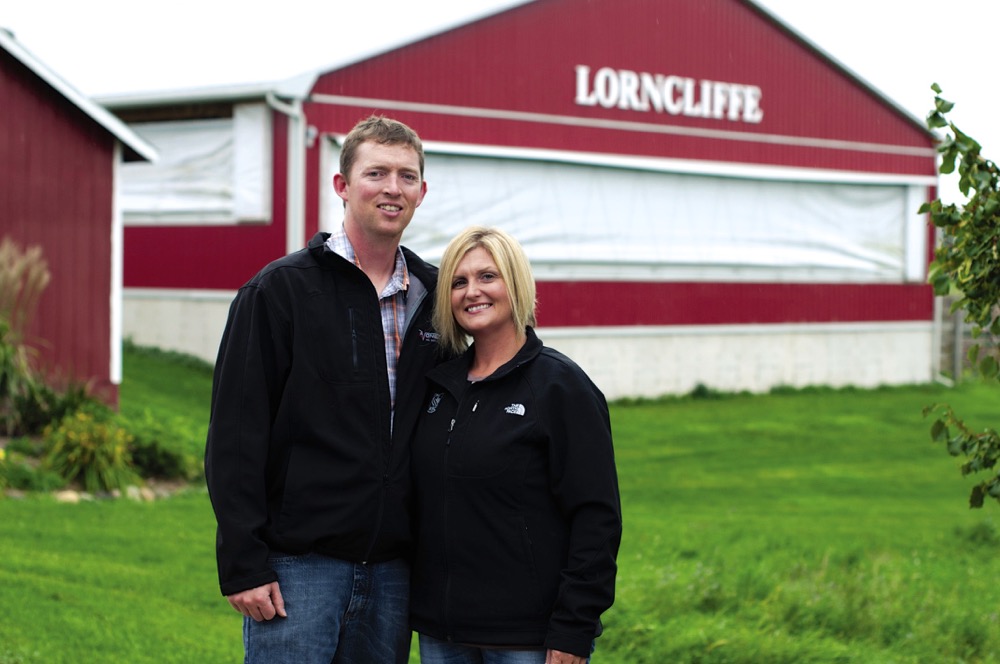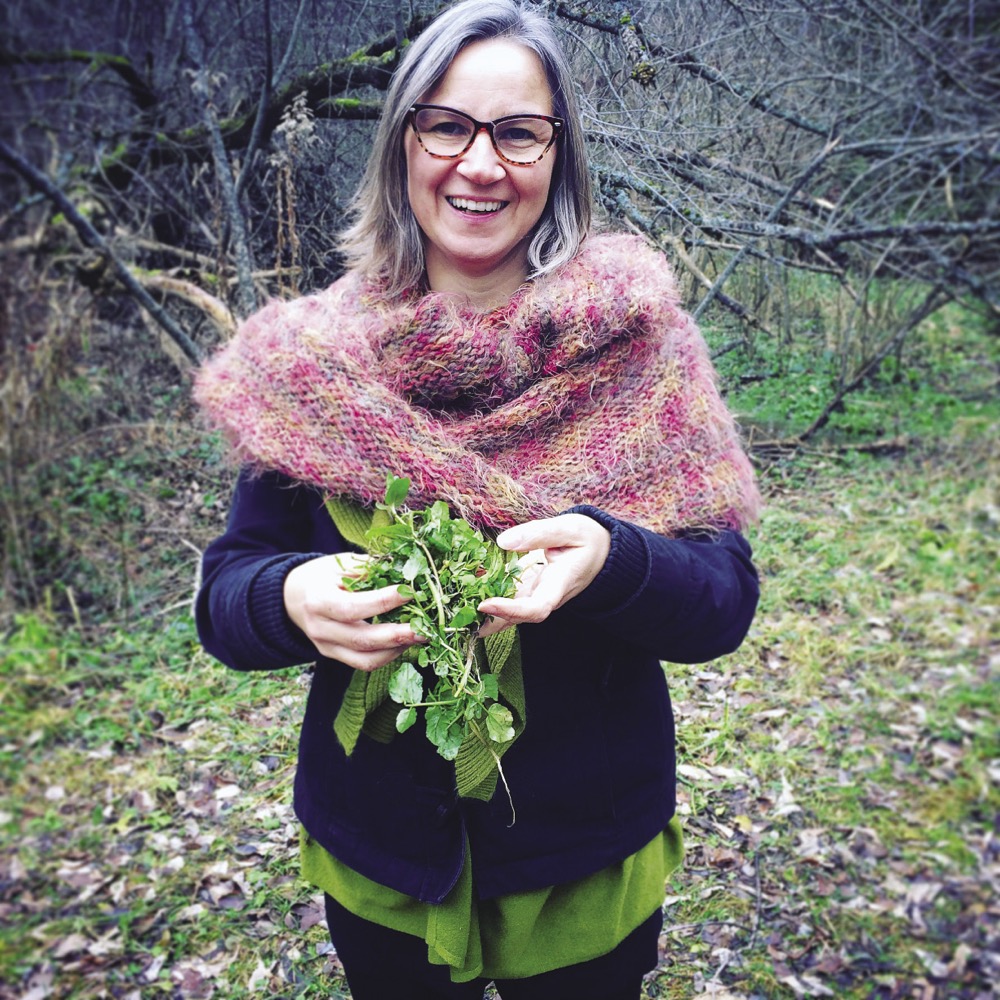I know I’m not alone. the squeeze is on all across Canada, and everyone can point to sets of numbers like the ones I’m looking at in Ontario, with a short 2014 growing season and with off-the-combine corn well below $4 per bushel.
So Country Guide asked the Ontario ag ministry’s farm business analyst John Molenhuis to recalculate his closely watched annual crop budgets. The results are a slap to the face: $3.20 per bushel corn with an average yield of 150 bushels per acre crunches out to negative $78 per acre, even before you add in land costs.
Read Also

Riding the tariff rollercoaster
Farmers are accustomed to roller-coaster years. But the current geopolitical windstorm is something else entirely. On his cattle operation near…
Molenhuis’s spreadsheet does use average custom rates, costs and yields, and includes a $30 overhead (about five per cent of total expenses) but it’s still ugly, and even with 200 bushel corn, it leaves only $18 per acre for land.
That’s not even close to enough to cover the rent in most of Ontario, where Molenhuis says rent ranges up to $350 per acre for top-quality land.
Nor are Molenhuis and I the only ones taking a second look at rental rates. Ryan Parker, a farm appraiser with Valco Consultants Inc. in London, Ont., sums up the situation in southwestern Ontario in a few succinct words: “Rental deals are still shockingly competitive.”
Parker agrees with Molenhuis that top-end rates have been pushed way up over the last four years. they have also spread beyond the notoriously high-priced dairy areas. Recently Parker heard of $300 per acre even in Bruce County, adding, “There’s a lot of $350 per acre to $400 per acre for corn and soybean land in southwestern Ontario.”
But there’s also the beginnings of a shift in how rents are formulated. Before you sign any agreement, review it in detail and know your options. Maybe it’s time to consider a joint venture working with someone who has more equipment or land, a flex rental agreement, or even share cropping with landowners.
In Ontario, where about 80 per cent of contracts are cash and 18 per cent are sharecrop, only about 26 per cent of agreements are actually written down. In Manitoba, almost 90 per cent are cash deals, with about half in writing. The higher-cost deals tend to be written, says Parker. If it’s written, you likely can’t back out, although the agreement might be transferable. “Generally you gotta live and die by it,” Parker says.
The rental market is evolving, however. More open rent processes are creeping into the market in Ontario, as is tendering, says Parker.
But so are trends such as paying up front for multiple years. For example, in 2011, 2012 and 2013 some farmers paid $1,000 an acre for three years, in cash, at the start of the contract, he says.
All in all, it’s a sign of the competitiveness of the rental market.
Cash averaging
Spreading out total rent as an average over the whole farm over multiple years hides those really expensive pieces on cash flow statements. Efficiency also plays into how much farmers will pay for rent. If the piece is in the middle of their 2,000 acres, the efficiency gains can be very real, although hard to quantify exactly.
Also playing into the rise of rental rates are operating loan interest rates that are low, and lending institutions that are competing for farm business. “With slumping commodity prices, producers are getting creative with their financing,” says Parker.
That takes us to the fundamental reason rental rates continue to rise — optimism that prices are going to bounce back. However, those emotions aren’t continuing to play out in farmland purchases. According to Parker, land prices have stabilized with pieces staying on the market longer this year. Yet rental rates continue to be competitive and move up.
Historically land has leased for about three per cent return on investment of its present value. Somewhere in the last seven years, however, the link between rental values and land prices got distorted. Federal U.S. statistics show U.S. cropland values soared more than 40 per cent since 2004, outstripping the 17 per cent gains in cash rents.
Nor did it happen only south of the border. In southern Ontario, urban centres encroached on areas intense with livestock, resulting in reports of land prices breaching the $20,000-per-acre mark. Throughout the Prairies, farmers’ pockets have become heavy with crop returns in historically high price years, and farmland investment and management companies spurred on land prices.
This decoupling of rent and land prices is partly due to a shift in the perception around buying farmland. Some farmers and landowners have moved toward investment-type thinking and away from productive value, and want the same return as a GIC plus one per cent for risk factor, says Molenhuis. “They don’t expect farming commodities to pay for it,” he says. “Buying land is sometimes viewed as a separate enterprise from farming.”
Sharper minds prevail
Improved farmer financial knowledge is also impacting rental rates, according to The Illinois Society of Professional Farm Managers and Rural Appraisers. Their mid-year survey showed cash rents on professionally managed farmland decreased between 2013 and 2014. However, according to National Agricultural Statistics Service, the average rent across the state of Illinois increased from $224 per acre in 2013 to $234 per acre in 2014.
In other words, professionally managed farms were more likely to drop rates when crop prices fell. This group’s rent also increased faster than average cash rents between 2006 and 2013, when returns rose as a result of higher prices.
“Crunch your numbers, before you talk to the landlord,” says Rob Hannam, founder and president of Guelph-based Synthesis and instructor at Advanced Farm Management Program. He says it’s imperative to know your cost of production, not only for your whole farm or the provincial average but for each piece of ground you work.
Look at each individual rental agreement and question if you should let it go or keep farming it. Sometimes you have to focus on limiting losses. Maybe it’s time to pull back; why put that extra 100 acres in if it’s only going to cost you?
Before you buy inputs this fall and winter, take a hard look at application rates and where you can cut back in fertility this year, suggests Hannam.
“It’s important in tight margins to really know your machinery costs,” adds Molenhuis.
You should be keenly aware of sizing your land base to your equipment, says Hannam. He estimates 1,500 acres per equipment group for an average Ontario wheat, corn, soybean cropping operation. Other regions will have their own ratios, but there will be a ratio for each.
If you expand beyond the limit for one equipment set, you effectively need to double your acres and double your equipment, says Hannam.“Avoid the mushy middle between scales of economy.”
It’s also time to do a whole-farm cash flow with conservative forecasting for 2015, with quarterly cash flow projections. “Having an annual COP budget is good but knowing when and how much money you will need through the year is a key planning question,” says Molenhuis.
This cash flow and COP can help you develop and implement a strong marketing plan so you know when to lock in to cover costs this winter, Molenhuis says. “Whether they market themselves or hire someone to market for them, even a 10 per cent gain in the average market price they receive has big impacts on the bottom line.”















